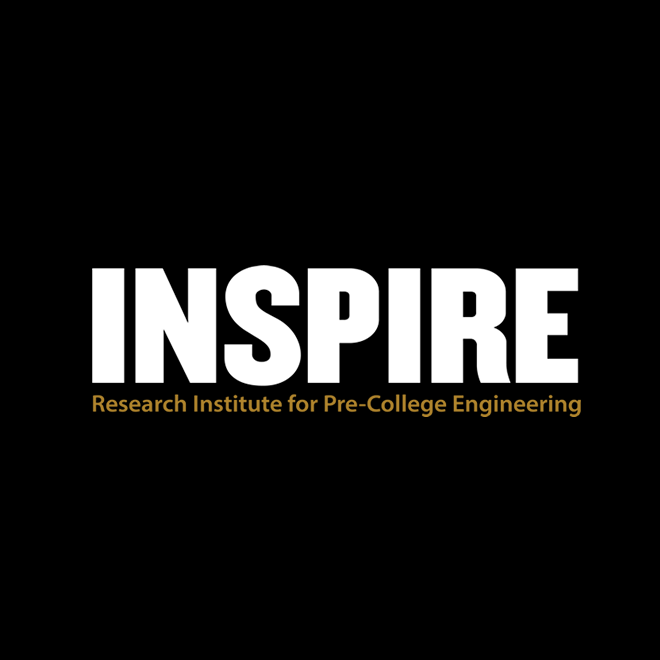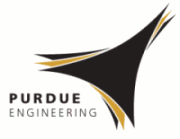Abstract
It is difficult to ignore the increased use of technological innovations in today’s world, which has led to various calls for the integration of engineering into K-12 science standards. The need to understand how engineering is currently being brought to science classrooms is apparent and necessary in order to address these calls for integration. This multiphase, mixed-methods study investigated the classroom practices and beliefs of high school physical science teachers following an intensive professional development on physics and engineering integration.
Classroom observations showed that teachers new to incorporating engineering into their physical science classrooms often struggled to maintain focus on physics concepts, focusing instead on the development of the ‘‘soft skills’’ needed by engineers, such as teamwork or communication. Interviews and surveys further revealed the beliefs of these teachers when considering integrating engineering into physics lessons. Teachers placed student engagement and enjoyment high on their priority list when considering integrating engineering into their classroom. In addition to this somewhat driving force, three main components were identified as important when considering engineering in physical science classrooms: providing hands-on experiences for students, allowing students to apply physics concepts, and developing general problem solving skills that students can take to the ‘‘real-world.’’ While teachers identified both physics and engineering goals for their students, they realized that their students learned more about how to be an engineer.
Results from this study provide insight on obstacles current science teachers face as they begin to add engineering to their classrooms. Overall, teachers are motivated to bring engineering to their classrooms as a result of student enjoyment of engineering activities. This may drive the creation of teacher goals for students and determine how emphasis is placed on different goals during these engineering design challenges. Implications for this study include ascertaining knowledge about teacher beliefs prior to professional development, fostering discussions about what integration looks like in the classroom, and modeling the creation of instructional goals that include both physics and engineering content.
Recommended Citation
Dare, E. A.,
Ellis, J. A.,
&
Roehrig, G. H.
(2014).
Driven by Beliefs: Understanding Challenges Physical Science Teachers Face When Integrating Engineering and Physics.
Journal of Pre-College Engineering Education Research (J-PEER), 4(2), Article 5.
https://doi.org/10.7771/2157-9288.1098


